Abstract
In recent years, greenhouse melon farming in Japan has maintained stable harvest and shipping yields. According to data for 2022, the national harvest was 16.4kt, the cultivated area was 596ha, and Shizuoka had the highest shipping volume at 5.64kt. These figures suggest that efficient cultivation techniques and management are being adopted, leading to increased productivity. Given that Shizuoka’s shipping volume is outstanding, it is possible that production specialization and advantages will emerge in each region. It also suggests that demand for greenhouse melons is stable. Based on past trends, it can be said that greenhouse melon farming in Japan is making the most of technological innovation and regional characteristics to produce melons sustainably.
Greenhouse melon yield (main data).
Japan’s greenhouse melon harvest yields have shown some fluctuations when considering data from 1973 to 2022. The peak was 44.9kt in 1987 and has been declining slightly since then. The national harvest in 2022 is 36.5% of the peak, suggesting production has been lower than peak levels in recent years. This may be due to a variety of factors in greenhouse melon production. For example, this could be due to changes in demand, advances in agricultural techniques, or changing climatic conditions. On the other hand, because greenhouse melons are a high-added-value crop and demand is stable, farmers and producers are exploring more efficient cultivation methods and making efforts to maintain production volumes. In general, greenhouse melon yields have fluctuated from the past to the present, but they have remained stable due to the balance between demand and technology.
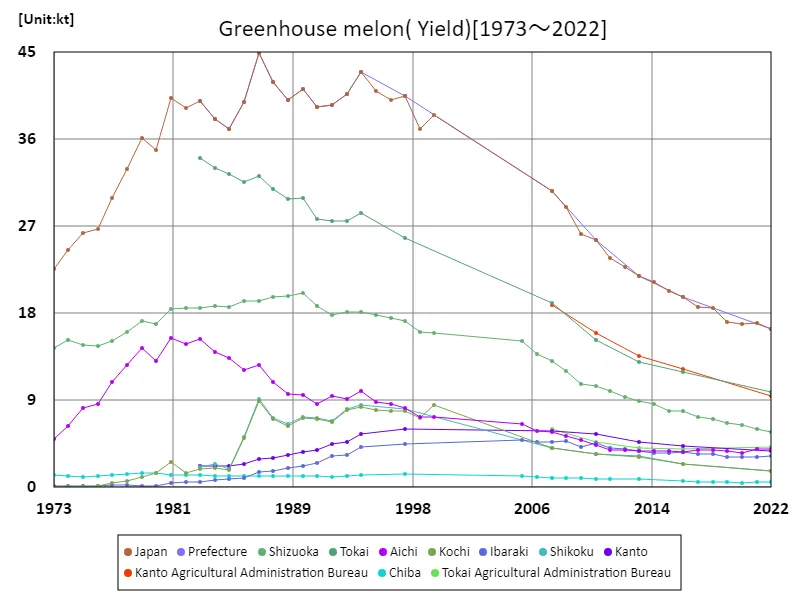

The maximum is 44.9kt[1987] of Japan, and the current value is about 36.5%
Greenhouse melon harvest volume (by prefecture).
According to the latest data for 2022, Shizuoka recorded the highest fruit vegetable harvest in Japanese agriculture at 5.72kt. This data shows that Shizuoka has a particular advantage in fruit vegetable production. Shizuoka’s advantages are thought to be due to its climatic conditions, geographical factors, and the technical skills of its farmers and producers. Furthermore, compared to other regions, the harvest volume of fruit vegetables in Japan as a whole is at a high level. This shows that Japanese agriculture is supported by advanced technology and management. Since demand for fruit vegetables is stable, we may see competition among regions over production volume. In general, fruit vegetable harvests in Japanese agriculture are stable due to regional characteristics and technological innovation, and are produced in a way that meets demand.
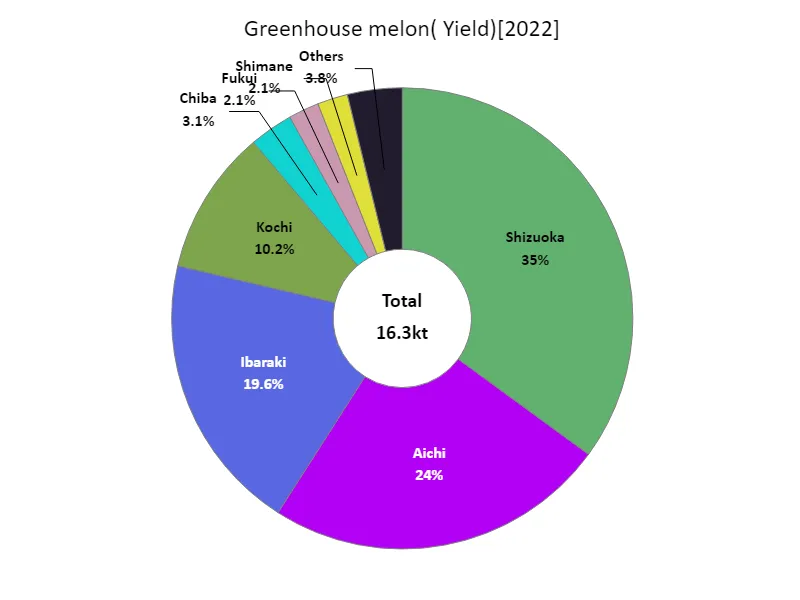

The maximum is 5.72kt of Shizuoka, the average is 1.09kt, and the total is 16.3kt
Greenhouse melon cultivation area (main data).
The area of greenhouse melon cultivation in Japanese agriculture has fluctuated when considering data from 1973 to 2022. The peak was 1.52kha in 1987 and has been declining since then. As of 2022, the area cultivated nationwide is at 39.2% of its peak. This trend is influenced by factors related to greenhouse melon cultivation. For example, changes in demand, agricultural policies, or advances in greenhouse technology. Greenhouse melon production is skillful and labor intensive, and farmers and growers may adjust their acreage depending on economic factors and market demand. There may also be variations in the distribution of acreage due to regional specialization of cultivation and changes in demand. Overall, greenhouse melon acreage has fluctuated from the past to the present due to changes in demand and technology, and is closely related to the economic aspects of agriculture.
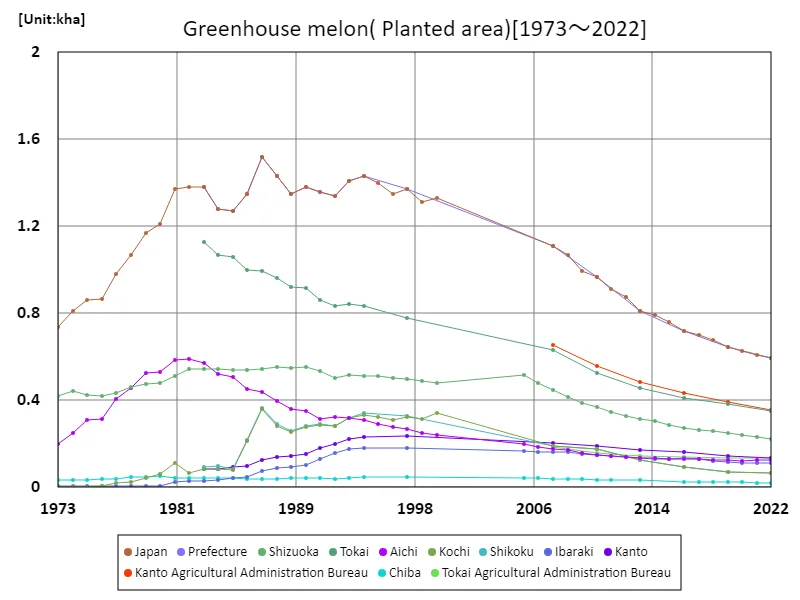

The maximum is 1.52kha[1987] of Japan, and the current value is about 39.2%
Greenhouse melon cultivation area (by prefecture).
According to the latest data from 2022, Shizuoka has the largest area of fruit vegetable cultivation in Japanese agriculture, at 220 hectares. This shows that Shizuoka has a particular advantage in the production of fruit vegetables. Shizuoka’s advantages are thought to be due to its climatic conditions, geographical factors, and the technical skills of its farmers and producers. On the other hand, it is suggested that fruit-like vegetables are also produced on a considerable scale in other regions. Since demand for fruit vegetables is stable, we may see competition among regions over production volume. It is also possible that technological advances and changes in agricultural policies are influencing the cultivated area in each region. In general, the area of land used for cultivating fruit vegetables in Japanese agriculture varies depending on regional characteristics and technological innovation, and is produced in response to demand.
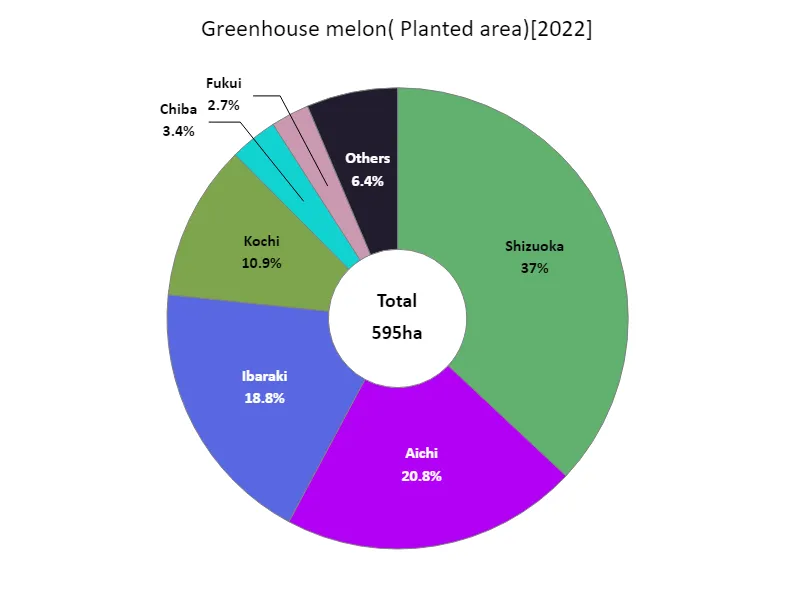

The maximum is 220ha of Shizuoka, the average is 39.7ha, and the total is 595ha
Greenhouse melon shipment volume.
According to the latest data for 2022, the overall greenhouse melon shipment volume in Japanese agriculture was highest in Shizuoka at 5.64kt, with an average of 1.04kt and a total of 15.7kt. This data indicates that Shizuoka has a particular advantage in greenhouse melon production. Shizuoka has the potential to take advantage of its warm climate and abundant agricultural technology to cultivate large-scale greenhouse melons. On the other hand, a certain amount of production is also taking place in other regions, suggesting that demand is relatively stable across Japan as a whole. Greenhouse melons are a high-value crop and production is believed to be driven by demand. Also, the average shipment volume of 1.04kt suggests that regional production volumes in general are not that large. This is because greenhouse melon cultivation requires advanced techniques and management, and it is likely that only a relatively limited number of regions and farmers specialize in its production. In general, the shipping volume of greenhouse melons in Japan varies depending on the characteristics and technology of each region, and production is stable according to demand.
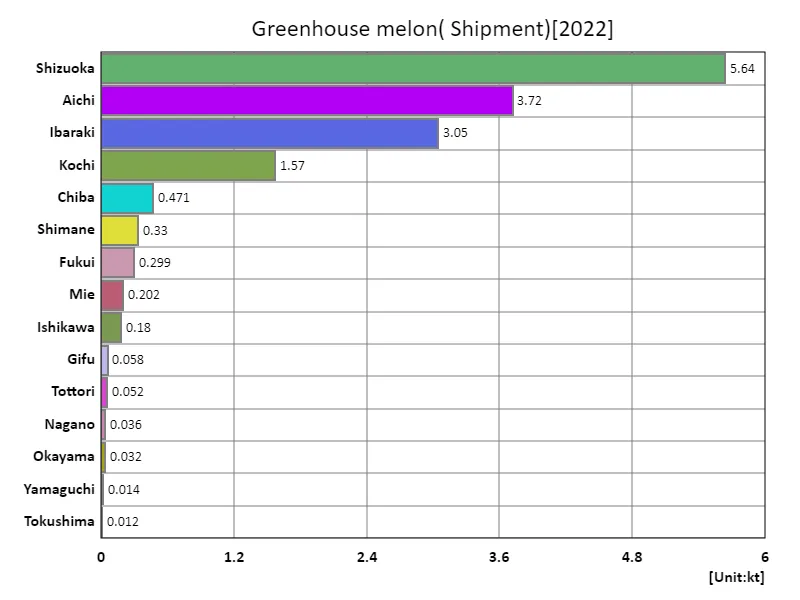

The maximum is 5.64kt of Shizuoka, the average is 1.04kt, and the total is 15.7kt
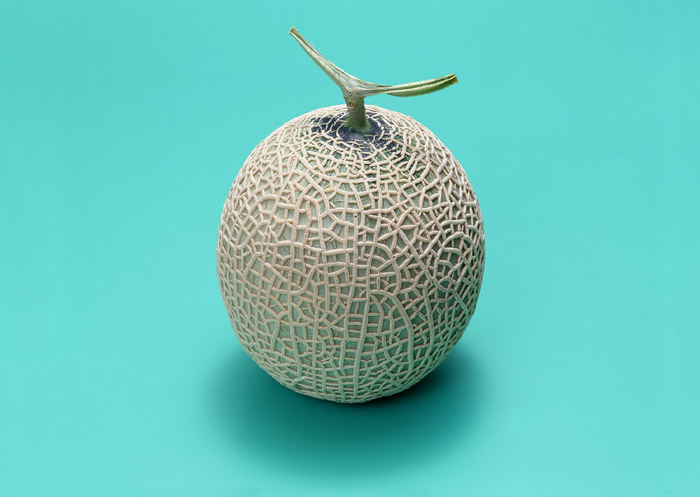


Comments